Examine the application of social media to support learning
Through the study of EDCI338 this semester, I have gained a better understanding of the content of “Social Media and Personalized Learning”. One of the most obvious things I learned was how to use Github to connect with my learning Pods members and professors. It can let me establish and maintain long-term connections with others. I can share my posts and ideas within WordPress and Github. This reminds me of the Discussion function on Brightspace. Although we can share our views and interact with teachers and classmates, it can only be maintained until we finish the study of that course. In addition, Red is the social media chosen by our group as the Major Project. I almost use this application every day. It may not be the most professional learning tool for the learner, but I get a lot of content I want to know from this platform, which gives me good inspiration in life areas, education or interest. At the same time, I think the only thing that Red didn’t succeed in after learning EDCI338 is that it covers a vast area, and we need to judge which information is controversial or false when we go to find the information we want.
Explain personalized learning and its relation to learning theory
Based on Connectivism: A Learning Theory for the Digital Age, I know the difference between Connectivism, Behaviorism, Cognitivism, and Constructivism. Connectivism points out that learning in society is not just an internal, individualistic activity like we used Github and WordPress to connect with other learners. As mentioned in my showcase, with the development of science and technology, we can use much different software to establish our platform. However, how to use personal accounts to create long-term contact and interaction with other learners is also the problem I will analyze in this class. It also brings up some questionable messages, such as the experience that I mentioned in the analysis and Insights of some financial bloggers on TikTok. In short, informal learning is also an essential aspect of our learning experience. Traditional school education is no longer the most important part, we will not only use the content of books in our work or life in the future. My father always tells me that school study is very important, but more important is the way of learning, whether in school or informal learning, how we summarize our learning results is the most important. Besides, even after we finish traditional school life, we learn all kinds of things outside of the textbooks, regardless of our status and age.
Recognize that the Internet is not a neutral or equal space for everyone
In White and Cornu’s article, they talked about Prensky mentioned that elders are defective while young learners are relatively privileged. Before reading this article, I have to say that I also think it is more difficult for the elderly to learn than the young, which may be a kind of bias. Why do I believe that? Because I remember when I was studying EDCI337 and EDCI339, I have learned Cognitive Theory which is limited working memory. If you overload working memory before you have time to encode and store it for the long term in the brain model, things get forgotten. And most older people like my grandparents have very poor memories. Every time I teach them how to use Wechat to send messages to me, the next time they forget. My experience leads me to believe that young people have an advantage than older people in learning. However, I changed my mind by reading White and Cornu’s article. They noted that some learners can quickly acquire the necessary skills, while others struggle regardless of age. Now I think that learning speed depends not on age but background and acceptance. However, there is bias in most platforms. For example, when some game companies or mobile phone companies advertise on PLN, their target must be young people. I have asked my grandparents; they are rarely exposed to this type of advertising.
Apply social media to develop a personal learning network in support of your personal and/or professional development
To complete my major project, I created an account on RED, where I shared my lecture notes about microeconomics103. Although I only get some comments or likes, but I still got recognition from my friend. My friend Josephine thought I was doing an excellent job of learning and helping others who might be watching. At the same time, I also made a tutorial video on making Chinese chilli oil and published it on YouTube, which gave me a great sense of achievement. Through this experience, I have added some knowledge for my future as a Vlogger or Blogger(How to do a targeted and professional account) It gives me a specific and basic understanding.
Identify privacy issues and practice online behaviours that are legal, safe, consensual, and ethical
In my Wow and Wonder #3, I base this on the fact that “residents spend all their online time socializing and never use the Internet to collect information, leaving important evidence of their existence.” I raises a question which is If we visit, we usually leave traces. Does it will affect our privacy? The answer is yes. Based on Reggie’s #6 Wow and Wonder, I was inspired by his different ideas from the mine through Tresdancing. When I saw this video, I thought that the way of thinking of artificial intelligence could never replace the way of thinking of the human brain. At the same time, my classmate raised his opinion on another aspect which is the issue of privacy. He thinks the glasses spy on the heroine every day. It reminds me of experiences that happened in my daily life. Whether I am talking to my friends verbally or searching for anything, the next thing that will happen is finding the related information on other social media that I often use. It happens more than once, 98 percent of the time. And it’s not just me; everyone around me has said it. It’s extraordinary and shocking. We should pay attention to protecting our privacy when using social software. For example, we can turn off GPS and don’t fill out our real personal information on social media. Or, we should make a distinction between professional PLN and personal account.
Recognize data ownership and licensing (Creative Commons, Copyright, Fair Dealing, and Public Domain) as a core practice when creating, sharing, or using resources online
Data ownership and licensing are the most important in online social networking platforms. For example, the platform we chose, RED, is a sharing platform. The atmosphere of the community depends on the user’s behaviour. Serious copyright issues may involve legal issues. Otherwise, it related to ethical. Respect for originality is not only found in multimedia and social platforms but also traditional learning. I know that plagiarism is much more serious than low grades as a university student. Therefore, we should not only protect our rights and interests but also avoid copyright problems on social platforms. Make sure we have access to it when we need it. If you are necessary to reprint, it must obtain the original’s consent and indicate the source.
Practice digital, networked, and open literacies in support of learning about social media and personalized learning
Opening up my social platform was my first step in digital, networked, and open literacies to support of learning. I set my PLN like WordPress, RED, or Tiktok as a public vision and interact with other learners. In this process, I constantly improve my weak part and find out what I do well. I think this might be the attraction between personal learning and social media.
The most challenging thing for me in this course is learning a new PLN, Github. I was new to this type of platform. What confused me about it was the code and the confusing names. However, it is also where I think I gained the most this semester. When I got familiar with it, I thought the platform was successful. It allowed me to connect with my team more than just email or Brightspace. I’m also happy to have a group of people who inspire me. They gave me a lot of encouragement and recognized my ideas for the Major Project. I also appreciate Colin’s concern and focus on my study. All in all, I think the knowledge I have learned and the friends I have met in EDCI338 will be of more help to my future study.
Resource:
Siemens, G. (2005). Connectivism: A Learning Theory for the Digital Age. International Journal of Instructional Technology and Distance Learning, 2(1).
White, D. S., & Cornu, A. L. (2011). Visitors and Residents: A new typology for online engagement. First Monday.

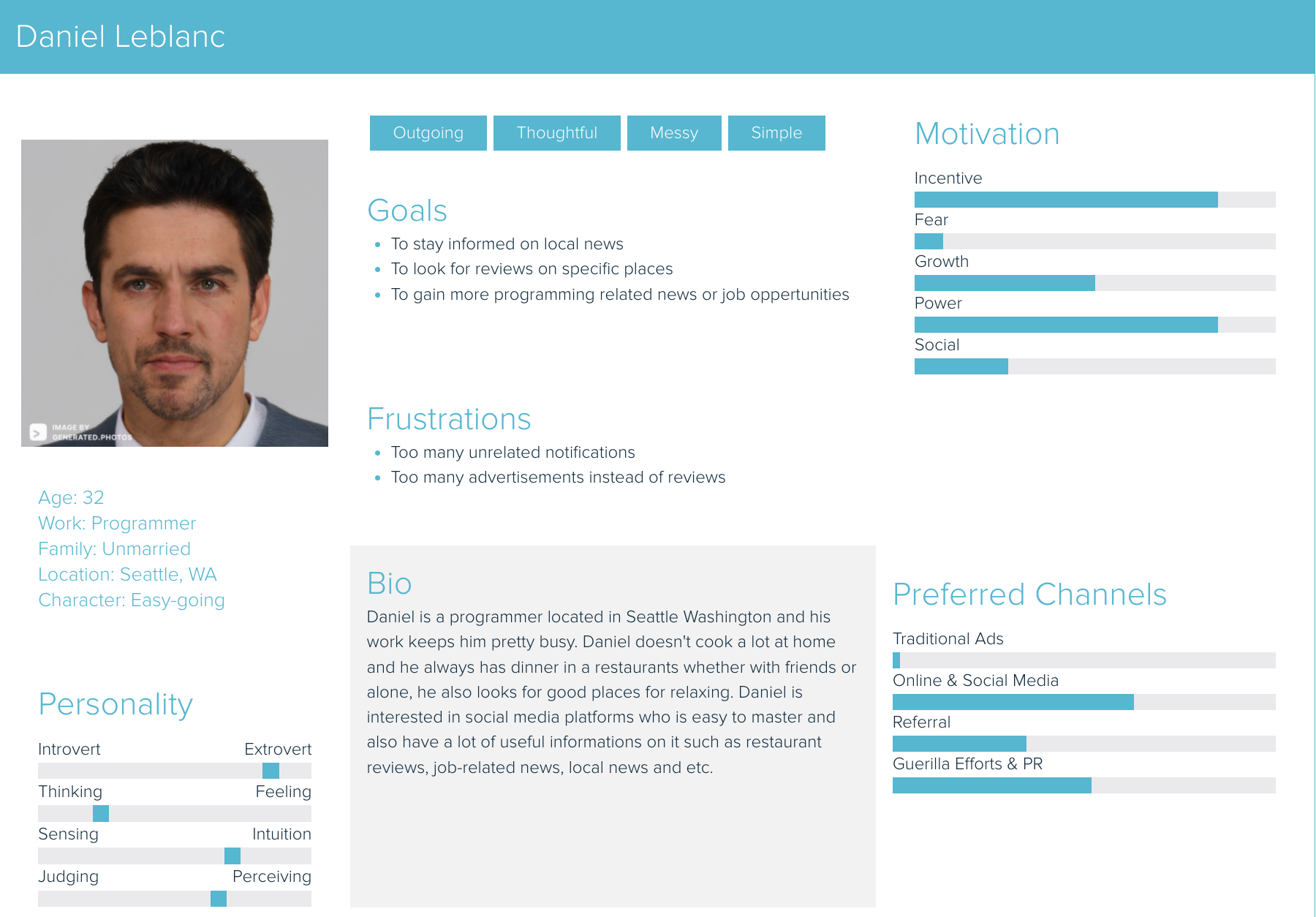

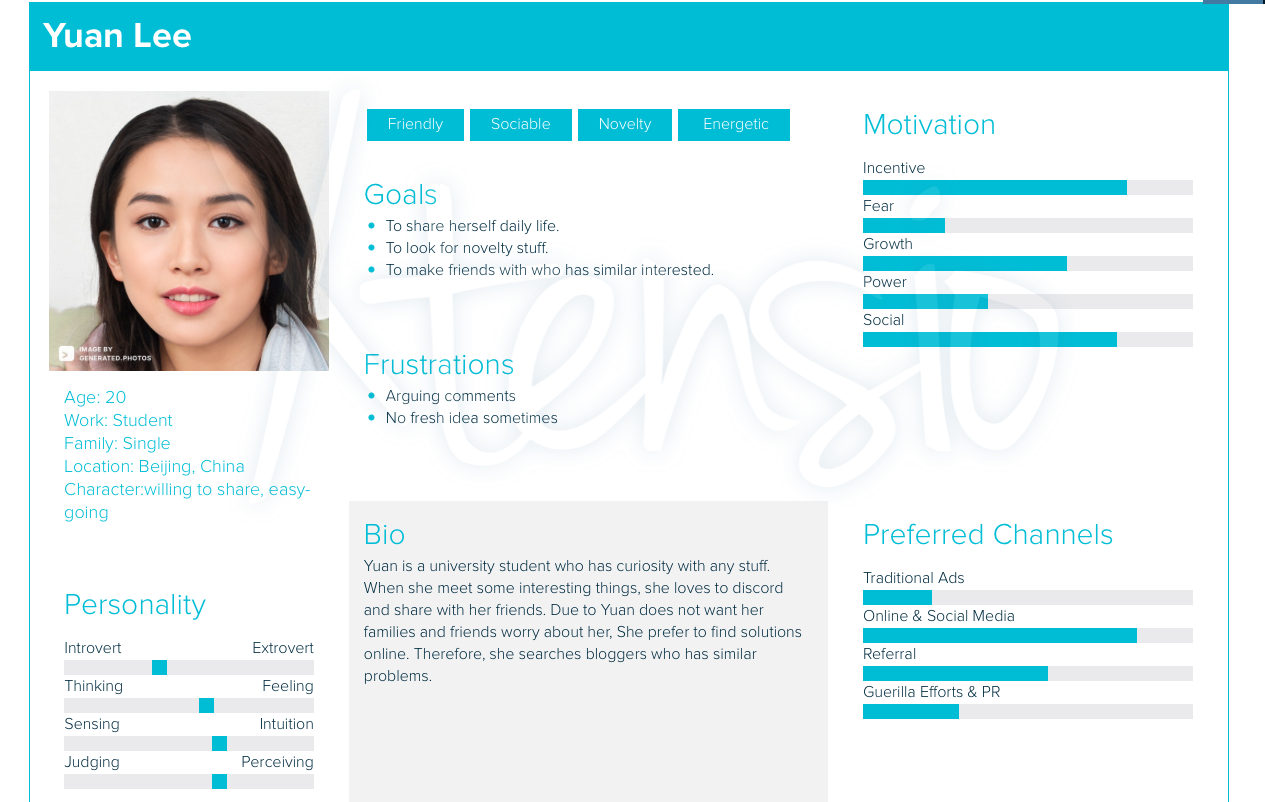
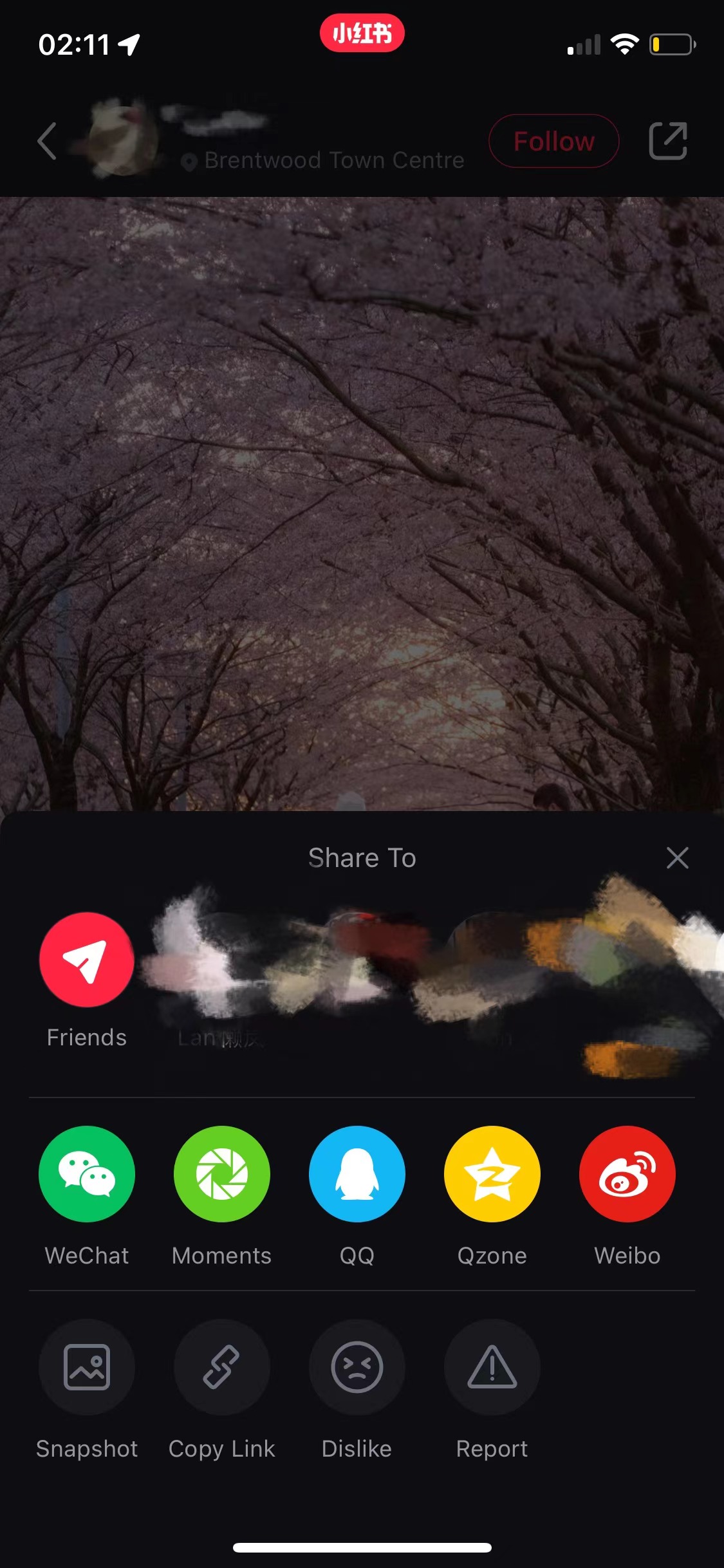



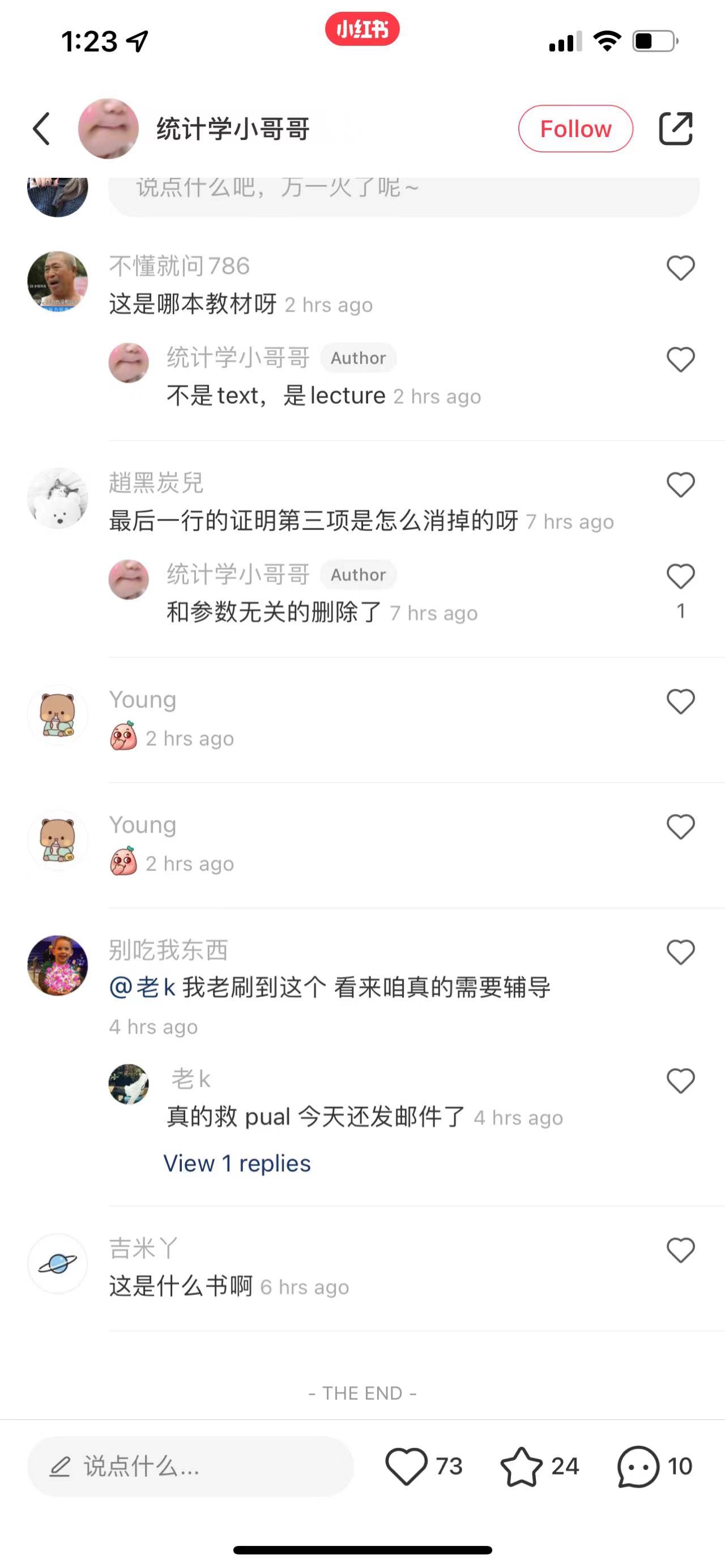 We also did a post about restaurants in Vancouver. Comments on this type of post fall into three categories. One is to collect our posts; the second is the affirmation and love of people who have been to the restaurant; the third is their dissatisfaction and complaint based on the experience they once visited, but the third group is in the minority.
We also did a post about restaurants in Vancouver. Comments on this type of post fall into three categories. One is to collect our posts; the second is the affirmation and love of people who have been to the restaurant; the third is their dissatisfaction and complaint based on the experience they once visited, but the third group is in the minority.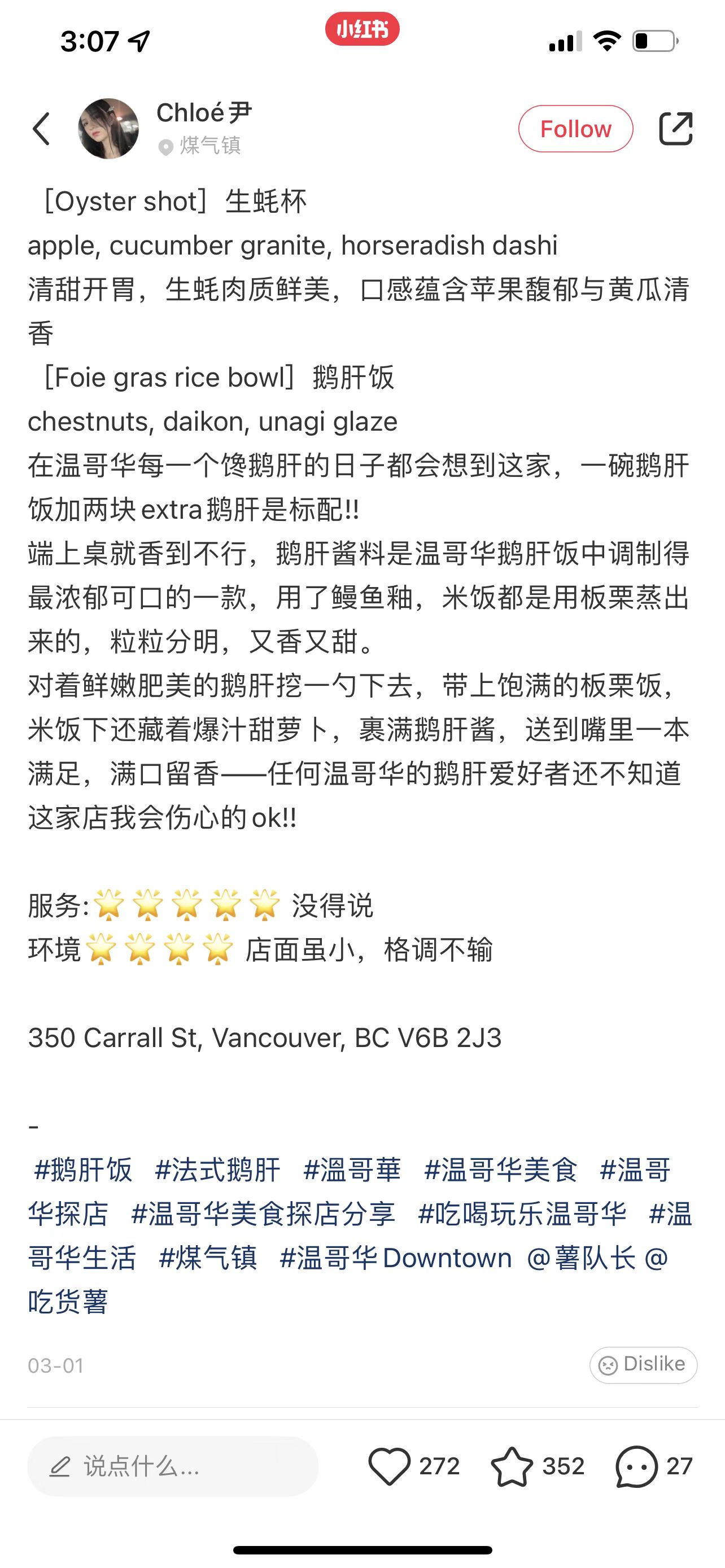
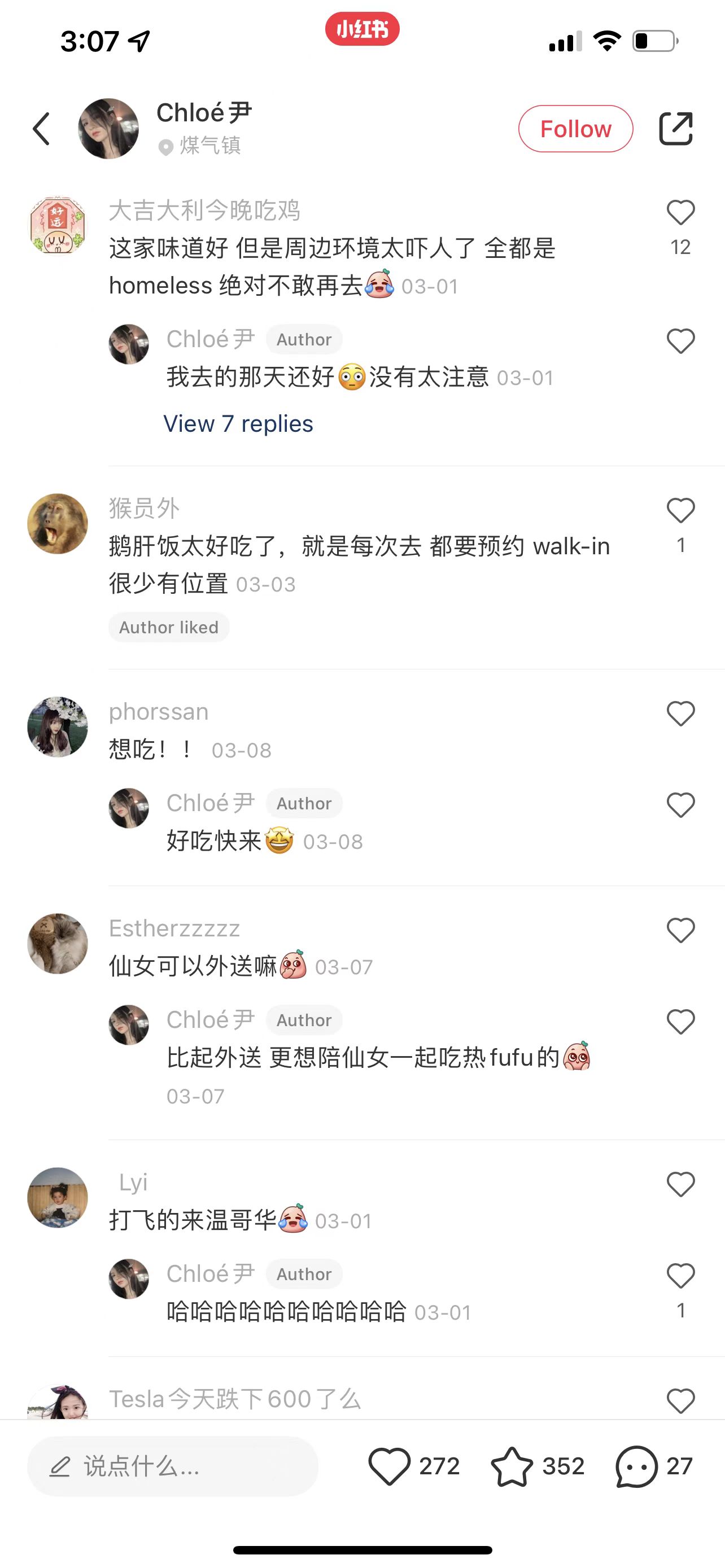
 In Red, the chances of a post being picked up are driven by likes and location. So most people respond differently to similar types of posts. What they respond to depends on the content of the post. If it’s the same post, they may not respond to the same post twice. Because of this mode, the way they reply is not based on a Persona of account.
In Red, the chances of a post being picked up are driven by likes and location. So most people respond differently to similar types of posts. What they respond to depends on the content of the post. If it’s the same post, they may not respond to the same post twice. Because of this mode, the way they reply is not based on a Persona of account.
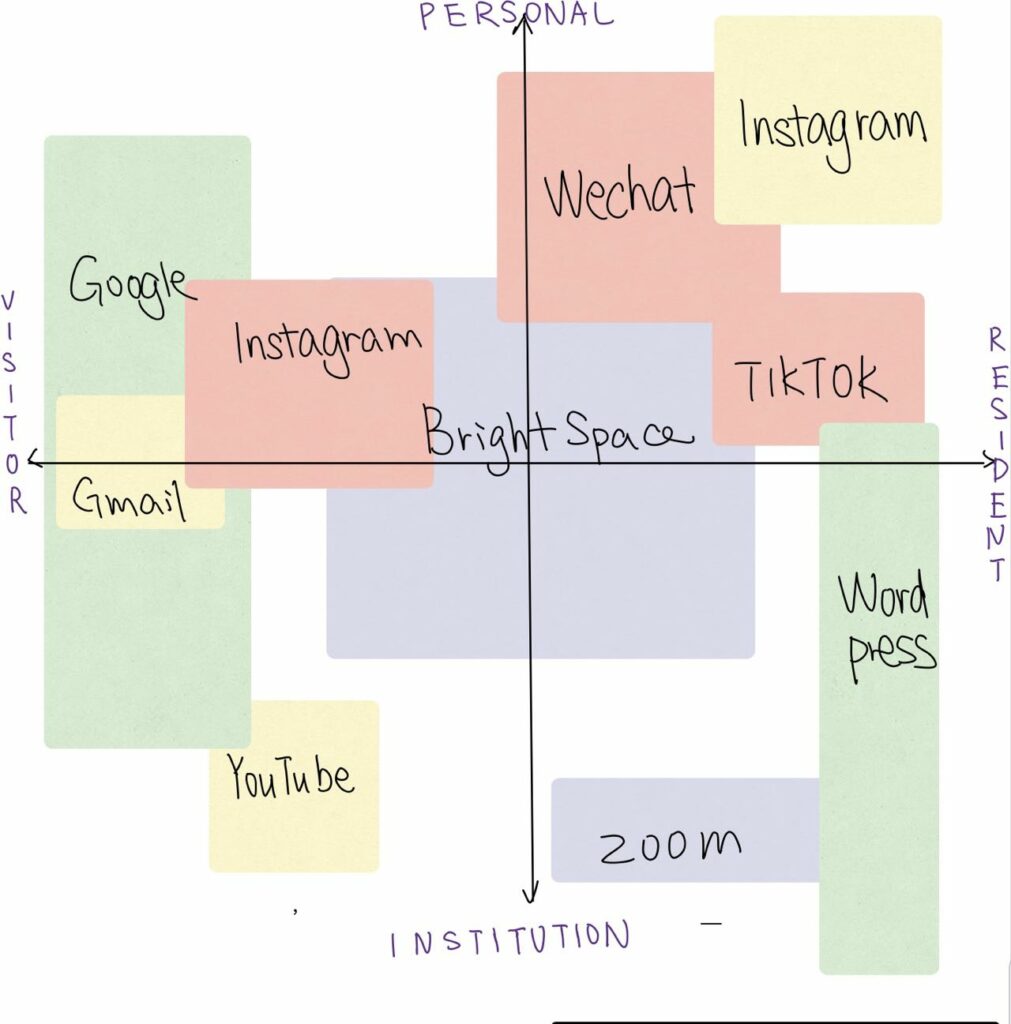
Recent Comments